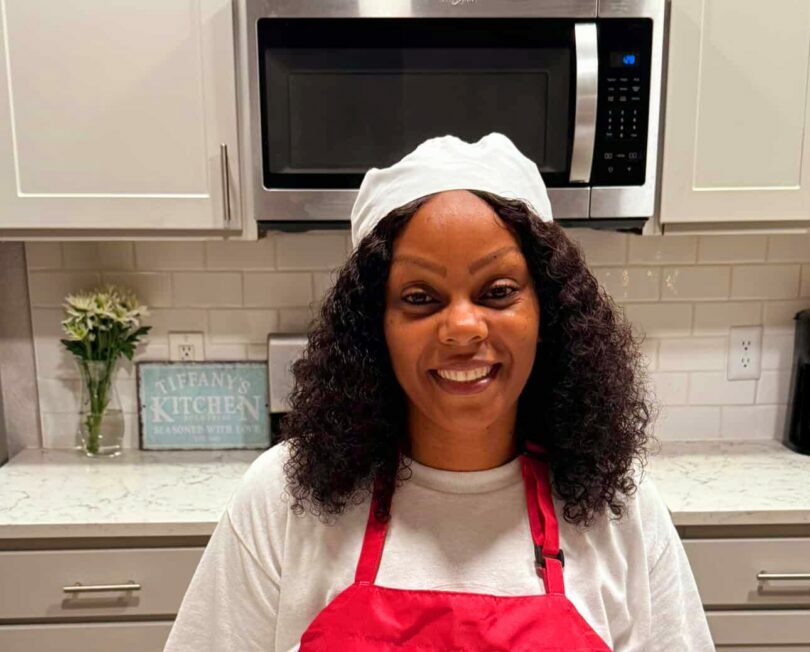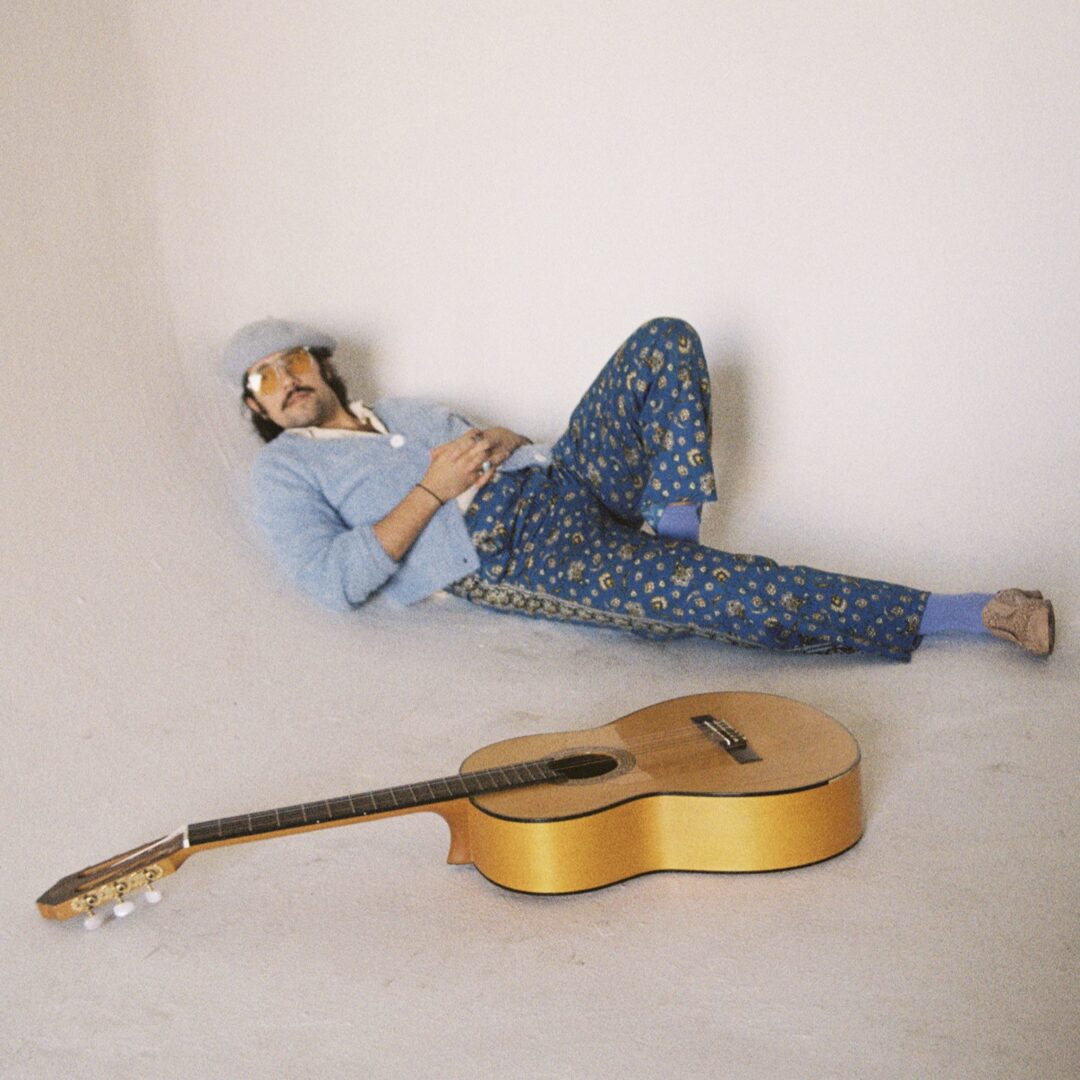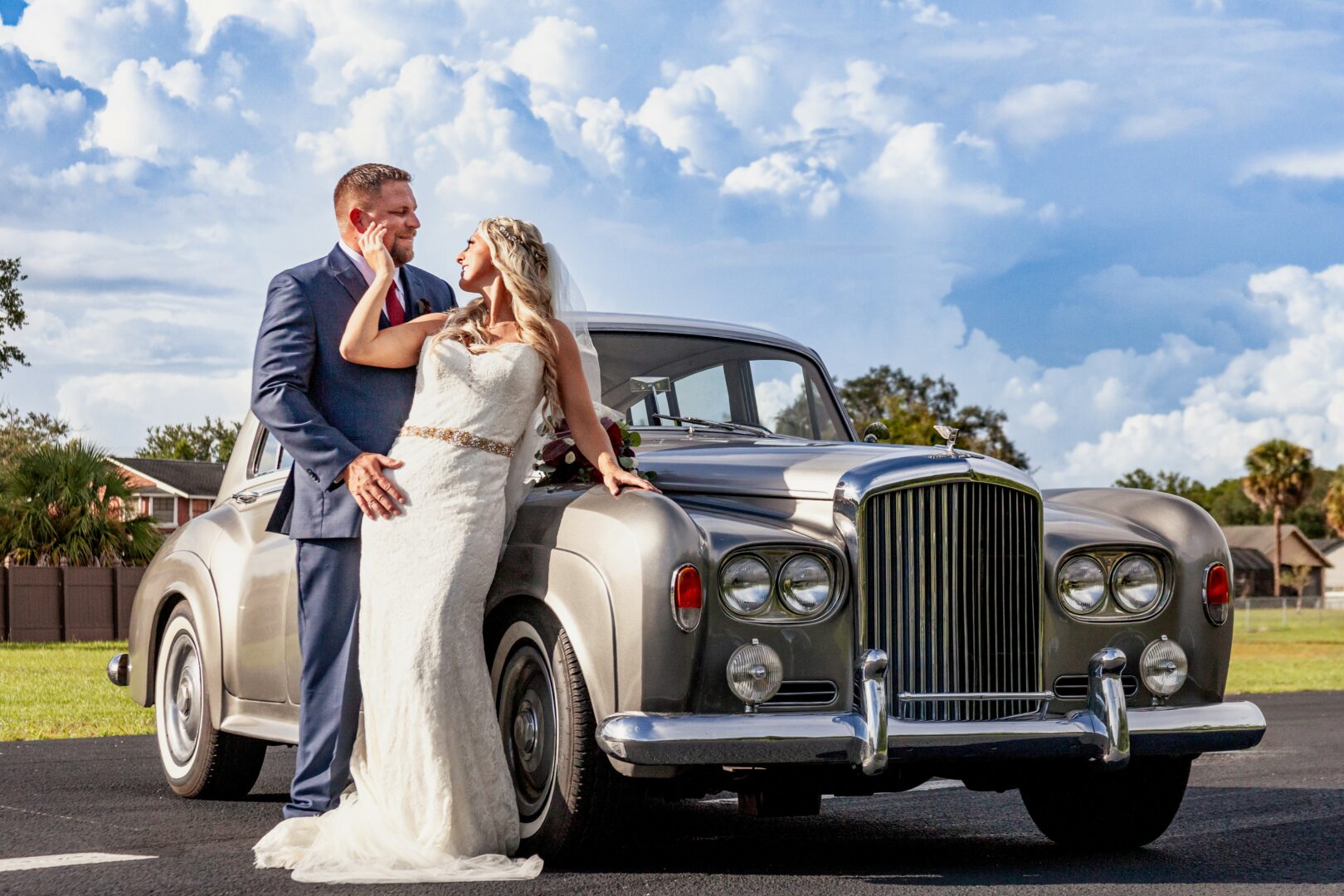We recently connected with Stephanie Mulvihill and have shared our conversation below.
Stephanie, so happy to have you with us today. You are such a creative person, but have you ever head any sort of creativity block along the way? If so, can you talk to us about how you overcame or beat it?
Throughout my years working as an artist, I have noticed that my artmaking practice goes through cycles. Life happens. Our time and attention gets pulled in many directions, especially for artists who are caregivers, (I see you all the artist-mothers bringing your kids to the studio). However, I know now that if there is a period where I maybe can only muster the time and energy to work in a sketchbook, or make some small work, it is only temporary. I am still an artist with the drive to create, and as long as I am making honest work, authentic to my experience, more ideas will come. I just have to keep working.
Another way I overcome creative blocks is that I usually have a few projects going at once. So, if I need a break from one, or get bored, then I can switch, and ideally what I discover working on one project will influence the work or idea for another. Also, I know I have to keep making work without judgment. If I criticize my own ideas in the beginning, I’ll give up and never follow through with anything. If the idea is bad, many often are, I just have to keep going, until it evolves into something better. I teach highschoolers and I tell my students that often you have to cycle through a lot of bad work before you eventually land on something that will resonate with you and others. The most important thing is to keep going. I often hear Jerry Saltz in the back of my mind “Get to work you big baby!”
Thanks for sharing that. So, before we get any further into our conversation, can you tell our readers a bit about yourself and what you’re working on?
I have lived in New York City for 24 years, but I am not a native New Yorker. After college and working, living and traveling in West Africa with the Peace Corps, I moved to New York City. I wanted to pursue my life-long dream of becoming either an artist or an illustrator. I always knew that I wanted to transform my desire to create into a career. I’ve had this impulse since I was a child; I spent hours filling sketchbooks with drawings and doodles, I made wood sculptures with my dad’s tools and scrap wood, taught myself to sew and made clothes for my dolls and enthusiastically took art classes to learn more traditional techniques. As a shy, socially awkward child, art was where I felt most myself, where I received positive affirmation, it was my super-power and the only thing I could envision doing for my future. So, sitting in my tiny cinder block house in the middle of West Africa, the move to New York, to pursue life as an artist, seemed like a good idea. I was very naive. Once I moved to New York, knowing very few people and even less about the New York City art world, the reality of living life as an artist came crashing down. I was an outsider trying to enter an imagined promised land. All of a sudden I felt on uncertain ground. Through this uncertainty, I continued to create. I also knew I needed to learn about the workings of the art world. I applied to every internship, gallery job I could find, and with a printed resume in hand, I walked into any art gallery I could find in Soho and Chelsea. I am stubborn so I kept working, kept looking for opportunities. I felt like an imposter (still often do) but I kept working, building a portfolio, following any opportunities i found, and trying to find a supportive community of artists. Despite working at this for these 20-odd years, I still often feel like that naive 24 year old moving to a big foreign city, but through it all, I keep working. Art is the only thing that makes sense.
My work is analog in a digital world. I believe that there is magic working with our hands, and in the sensory experience physically working with materials. With layering and evolving discarded materials, I seek a connection to the past as well as an examination of the present. My current series uses my body as a storytelling device in which to process personal tragedies and moments of shared experience as women, mothers and humans. The figures in my work represent an allegorical journey into the cycles of habit and thought which bind us to our past. They are a reflection and a meditation into painful self-truths that keep us from a sense of equilibrium. Personal fragmentation, introspection and subsequent rebirth allude to the experience of motherhood, the creation of new life and our ever evolving sense of place within our nexus of experience.
My most immediate goals are to continue to show in New York CIty, continue to build connections and have fulfilling, important conversations with other artists, forge a more steady relationship with galleries, and most of all, to keep working.
If you had to pick three qualities that are most important to develop, which three would you say matter most?
I think all artists need a community of other supportive artists. They need a core group that will give them honest feedback, share in successes and lift them up through failures. Art making can be an incredibly isolating life, but it seems that most successful artists seek a network of other artists. Also, say yes to opportunities, no matter how small. Pursuing opportunities is how we build a network and make professional connections. Also, through it all, keep working. Make your work, make work that is honest and authentic to your experience. Make the work only you can make.
Before we go, maybe you can tell us a bit about your parents and what you feel was the most impactful thing they did for you?
My parents were very supportive of my art making growing up. I grew up in the 80s, when we were expected to play outside until dark and be home for dinner. We didn’t have cable TV or even a color TV until I was older. So, I was able to spend hours sketching, building, reading and playing in imaginary worlds. They signed me up for classes, and let me go to college for a BFA. They are also incredibly hard workers, my mom is first generation, and I watched and learned from the work ethic of my immigrant grandparents. My father also encouraged me to strive for the best and never submit something that didn’t represent my full effort. I can still hear him saying “Is this your best work?” as he helped proofread essays for school (this was before “spellcheck”). I am incredibly grateful for my family and owe a lot of my best traits to them, traits I hope to pass along to my own family.
Contact Info:
- Website: www.stephaniemulvihill.com
- Instagram: https://www.instagram.com/smulvihillart/









